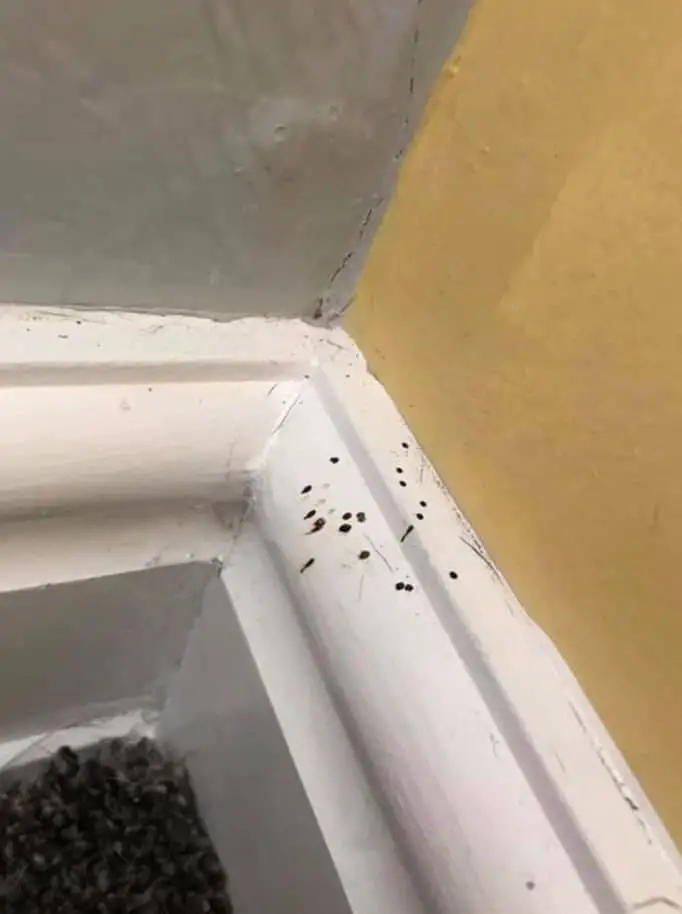Terrifying Black Dots in the Kitchen: What Could They Be?
Understanding the Mystery of Black Dots
Inexplicable occurrences of black dots in a woman’s kitchen have stirred alarm, prompting her to seek answers from the online community. The suspicion of “spider droppings” surfaces, igniting concerns about potential health hazards lurking in the kitchen environment.
Unveiling the Culprits: Spider Droppings
Despite initial disbelief, evidence points towards spider droppings as the likely culprit behind the mysterious black dots. These droppings, characterized by their resemblance to ink stains, consist of a mixture of food and residual components released by the spider’s body.
Overcoming Arachnophobia: Rationalizing Spider Concerns
While spiders evoke fear in many individuals, the actual health risks posed by them are often exaggerated. Contrary to popular belief, spiders are not aggressive creatures waiting to attack unsuspecting victims. In fact, they contribute less to human health concerns compared to other indoor pests like mice, flies, and cockroaches, primarily due to their limited interaction with humans.
Debunking Health Concerns: Spider Droppings and Pathogens
Addressing the fear surrounding spider droppings, studies have shown that the microbiological content of spider feces is relatively low. Research conducted by Melissa Gaver-Wainwright at Washington State University found that spider droppings, particularly those of black widow spiders, contained no identifiable pathogens. This suggests that the risk of disease transmission through spider droppings is minimal.
Exploring Antibacterial Properties: Insights from Research
Surprisingly, some spiders possess venom and blood with antibacterial properties, which may contribute to the lack of microorganisms in their droppings. This intriguing aspect raises questions about the broader implications of spider biology and its potential applications in antibacterial research.
Prioritizing Hygiene: Tips for Managing Spider Infestations
- Regular Cleaning: Maintain cleanliness in the kitchen and other areas prone to spider activity to minimize the accumulation of spider droppings and other debris.
- Sealing Entry Points: Seal cracks, crevices, and gaps in doors and windows to prevent spiders from entering the premises.
- Reducing Clutter: Declutter spaces and remove unnecessary items that may serve as hiding spots for spiders.
- Natural Remedies: Consider using natural deterrents such as citrus peels, vinegar, or essential oils to repel spiders without resorting to chemical pesticides.
FAQs: Addressing Common Concerns
Q: Are spider droppings harmful to humans?
A: While spider droppings may contain residual components, research indicates minimal health risks associated with them, as they typically do not harbor pathogens harmful to humans.
Q: How can I differentiate between spider droppings and other types of stains?
A: Spider droppings often appear as small, dark dots resembling ink stains and are commonly found in corners, on walls, and in areas frequented by spiders.
Q: What steps should I take if I suspect a spider infestation in my kitchen?
A: Start by identifying and sealing entry points, maintaining cleanliness, and implementing natural deterrents. If the infestation persists, consider seeking professional pest control services for effective management.
Q: Can spiders transmit diseases through their droppings?
A: Research suggests that the risk of disease transmission through spider droppings is minimal, as they typically do not harbor significant amounts of pathogens. However, practicing good hygiene and pest control measures is advisable to minimize potential risks.

